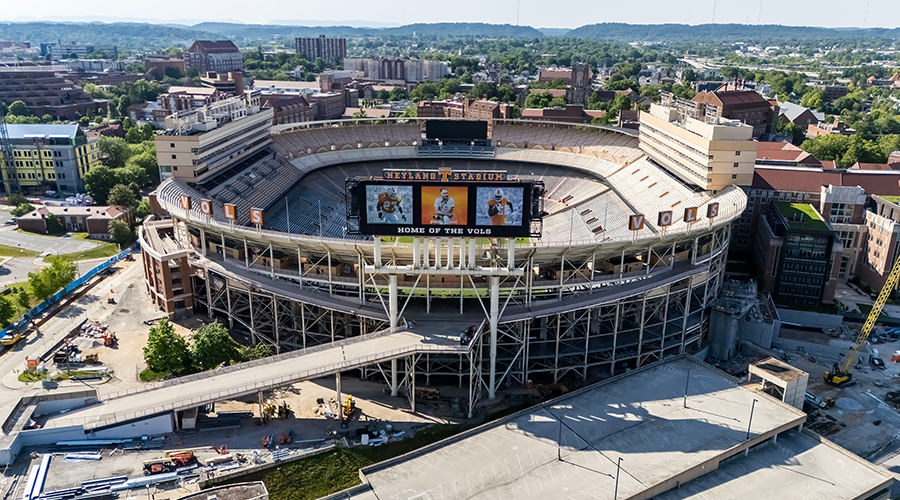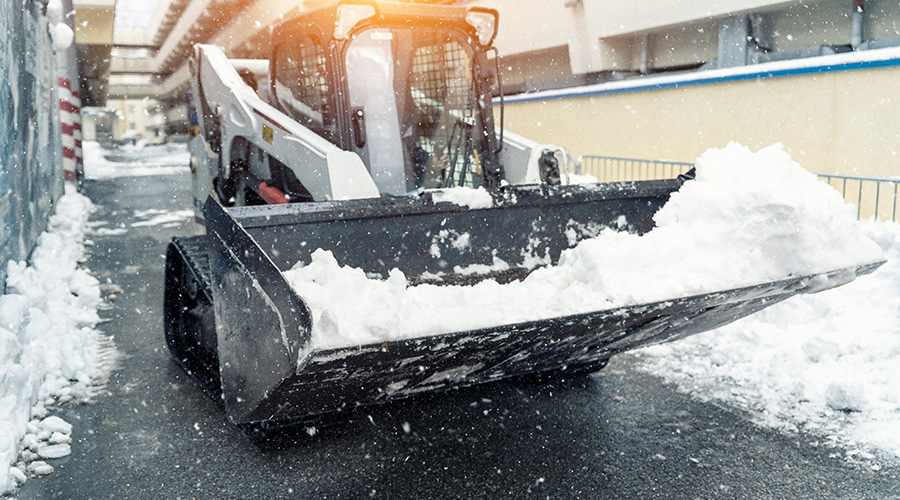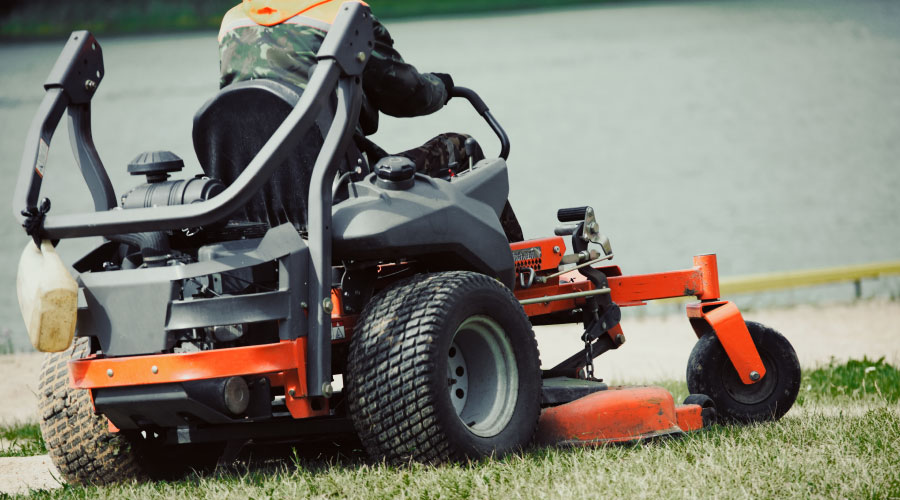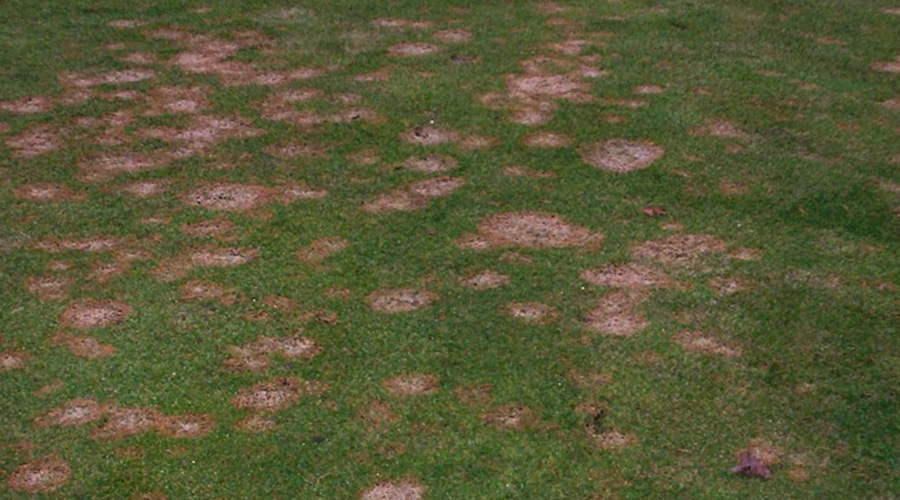Snow and Ice Removal: Preventive Maintenance
The non-winter months are ideal for evaluating and maintaining snow-removal equipment. But departments start focusing on their equipment right after the last of the snow melts.
“We don’t wait for summer,” Holysz says. “All that equipment, before it gets taken off, is fixed and repaired, greased, lubed, oiled, the hydraulics are checked out. And the last thing we do is the body repairs if we have any crashes.”
The Cleveland Clinic Foundation uses six trucks with snowplows and spreaders, four tractors, a skid steer, and numerous snow blowers. The department has a preventive maintenance plan in place, but it took some time for the department to develop that plan.
“That was the biggest thing that we didn’t have down pat,” Thurier says. “A lot of things were just put aside, and we’d go to look at them and fix them. We have a good preventive maintenance program, where the oil is changed regularly, everything is sprayed down with oil, and we serviced everything we needed to service so we don’t have to wait in fall to get equipment fixed.”
Standardization of equipment has played a key role in the way Western Michigan specifies its snow-removal equipment. When Holysz took over the grounds department in the 1990s, its inventory was “a mile long,” he says, because equipment and parts came from various manufacturers. Holysz first standardized the department’s mowing equipment. Then he used that same system for his snow-removal equipment.
Western Michigan brought in vendors from various mowing companies, who allowed the department’s mechanics to review the equipment. After the department had a few days to evaluate the mowers, Holysz involved the purchasing department and picked the best mowing company for their campus. Having one manufacturer provide the equipment and replacement parts cut down on inventory and service time.
“In our minds, standardization plays an important role,” Holysz says. “Especially for our mechanics, I like to have, equipment-wise, virtually the same (types of products) if it can be done.”
With new technology constantly surfacing, departments have to look ahead to see what products and services will help them not only next winter, but five years down the road.
“We keep tweaking (the plan) every year because new things happen,” Holysz says. “New technologies are out there, new equipment is out there, new tools of the trade (exist).”
Although summer just began, it will not be long before Lawter and his snow captains get together to discuss strategies that worked and those that failed in winter 2007. The University of Michigan grounds department will revise its snow manual to accommodate the new space, and it will compile contracts for the upcoming winter. The university also makes its snow-removal resources available on its Web site, www.plantops.umich.edu/grounds/
Managers hope sharing their plans with the public will help create an understanding that leads to smoother, safer winters.
Says Lawter, “We’re a public institution. Everything is an open book. We try to get as much communication out there as possible on what we’re doing so (occupants) understand our challenges.”
Related Topics:













